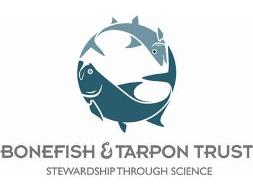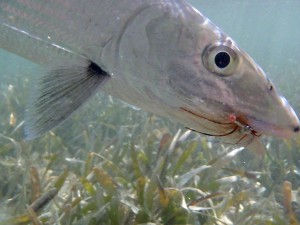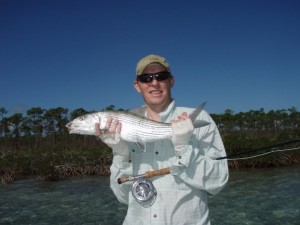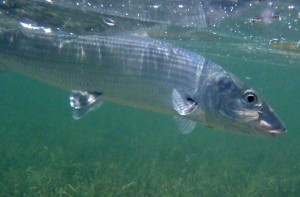(Originally published in the Boca Beacon on June 8, 2012)
Responsible Catch and Release is Essential
The use of catch and release as a conservation tool to ensure healthy recreational fisheries for the future has become standard throughout the world of recreational fisheries. The catch and release ethic is especially apparent in the world-class tarpon fishery ofFlorida, where virtually all tarpon are released. However, catch and release is only a valid conservation tool if it is practiced correctly so that most fish that are released survive. Sadly, the catch and release practices of some in the tarpon fishery are likely decreasing survival of released tarpon and should be curtailed in deference to the ethic of responsible fishing.
Research on catch and release fishing generally shows that the amount and type of handling of fish after being caught and before being released is an important factor in determining the fish’s likelihood of survival after release. In general, fish that are kept in the water and handled minimally do best, while fish that are handled extensively and exposed to air for long periods of time don’t fare well.
Despite the availability of tarpon harvest tags in Florida (each $50 tag allows the harvest of a tarpon), the harvest of tarpon in Florida– whether by individual anglers or by tournaments – has declined to nearly zero in recent years. This is great news for tarpon: tarpon are late to become sexually mature (approximately 8 – 12 years old) and can live a long time (potentially to 80 years), which makes them especially susceptible to harvest. This makes it even more important to use proper catch and release practices when fishing for tarpon – so we can continue to enjoy the best tarpon fishing in the world.
Some mishandling of fish during catch and release is simply a matter of an angler not knowing about proper catch and release handling practices. This is why Bonefish & Tarpon Trust expends significant effort educating anglers about proper catch and release practices. This education effort by BTT and others is paying off with improving catch and release practices by recreational anglers. Unfortunately, in other instances proper handling practices are purposefully not followed, which is a real cause for concern.
Given the overwhelming support for catch and release of tarpon, it is puzzling why anglers would engage in practices that very likely cause high mortality of tarpon after release – the towing of caught tarpon to a weigh station as part of a tournament. Although data on the effects of towing tarpon are scant, the preliminary data that do exist suggest that towed tarpon exhibit much higher levels of physiological stress than do tarpon that are caught and released but not towed. Moreover, since we know that, in general, more handling time equals lower survival for caught and released fish, it makes sense that increasing the handling time by towing and weighing tarpon will likely decrease survival. The responsible and prudent approach is to reduce handling time, and therefore not engage in towing of tarpon prior to release.
The requirement for a weigh-in is especially puzzling given that accurate weights can be obtained by applying measurements of a fish’s length and girth to a formula that is specific to tarpon. This formula, created byUniversityofMiamiscientists based on measurements of hundreds of tarpon, is accurate to within a couple of pounds. Bonefish & Tarpon Trust has this formula available via an iPhone app or water-resistant weight conversion cards.
This letter is not a statement on tournaments, but is instead a call for all tarpon anglers to follow catch and release practices that maximize the survival of tarpon after release. This should be the goal of all recreational tarpon anglers, and especially of entities that host events that rely on a healthy tarpon fishery.
In closing, a tip of the hat to the highly responsible, talented guides of Boca Grande Pass who practice good catch and release, and the Florida Fish and Wildlife Conservation Commission’s ongoing tarpon conservation research, each contributing to a sustainable fishery.
Sincerely,
Aaron Adams, Ph.D.
Director of Operations
About Bonefish & Tarpon Trust
Bonefish & Tarpon Trust is a non-profit, science-based conservation organization dedicated to ensuring that bonefish, tarpon, and permit populations, and the fisheries they support, remain healthy and helping to restore the fisheries that have declined. BTT accomplishes this mission by funding conservation-focused research; working with local, national, and regional resource management agencies to improve regulations to protect these fisheries; and funding and conducting education of anglers and the public. BTT uses scientific findings to advocate for fisheries conservation and works to ensure coastal habitats used by bonefish, tarpon, and permit are protected. For more information visit the BTT website at www.tarbone.org.








